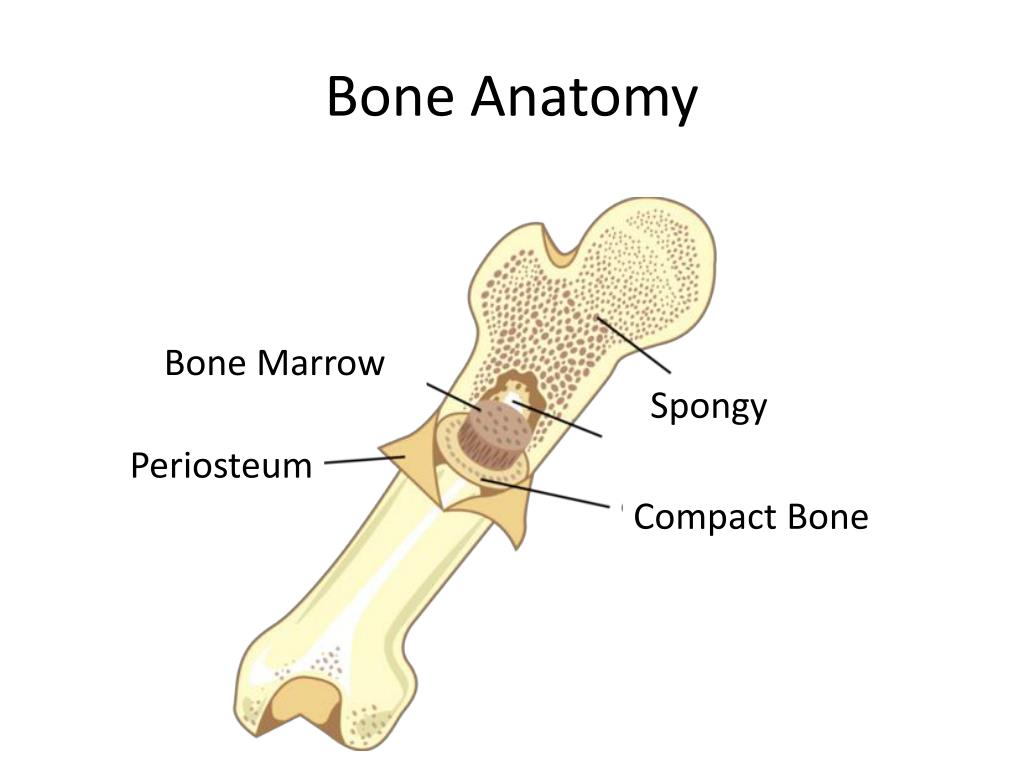

The periosteum covers the entire outer surface except where the epiphyses meet other bones to form joints ( Figure 6.8). Tendons and ligaments also attach to bones at the periosteum. The periosteum contains blood vessels, nerves, and lymphatic vessels that nourish compact bone. The outer surface of the bone is covered with a fibrous membrane called the periosteum (peri - = “around” or “surrounding”). The medullary cavity has a delicate membranous lining called the endosteum (end- = “inside” oste- = “bone”), where bone growth, repair, and remodeling occur. When the bone stops growing in early adulthood (approximately 18–21 years), the cartilage is replaced by osseous tissue and the epiphyseal plate becomes an epiphyseal line. Each epiphysis meets the diaphysis at the metaphysis, the narrow area that contains the epiphyseal plate (growth plate), a layer of hyaline (transparent) cartilage in a growing bone. Red marrow fills the spaces in the spongy bone. The wider section at each end of the bone is called the epiphysis (plural = epiphyses), which is filled with spongy bone. The walls of the diaphysis are composed of dense and hard compact bone.įigure 6.7 Anatomy of a Long Bone A typical long bone shows the gross anatomical characteristics of bone. The hollow region in the diaphysis is called the medullary cavity, which is filled with yellow marrow. The diaphysis is the tubular shaft that runs between the proximal and distal ends of the bone. A long bone has two parts: the diaphysis and the epiphysis. The structure of a long bone allows for the best visualization of all of the parts of a bone ( Figure 6.7). This section will examine the gross anatomy of bone first and then move on to its histology. Later discussions in this chapter will show that bone is also dynamic in that its shape adjusts to accommodate stresses. Bone is hard and many of its functions depend on that characteristic hardness. Describe how bones are nourished and innervatedīone tissue (osseous tissue) differs greatly from other tissues in the body.Identify the structures that compose compact and spongy bone.Compare and contrast compact and spongy bone.Define and list examples of bone markings.Identify the anatomical features of a bone.By the end of this section, you will be able to:


 0 kommentar(er)
0 kommentar(er)
